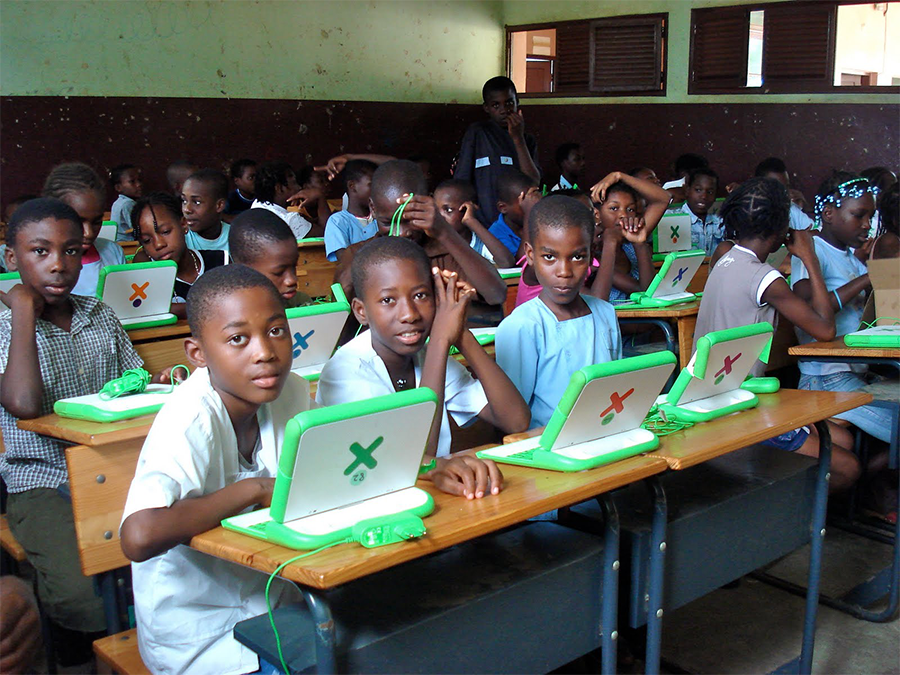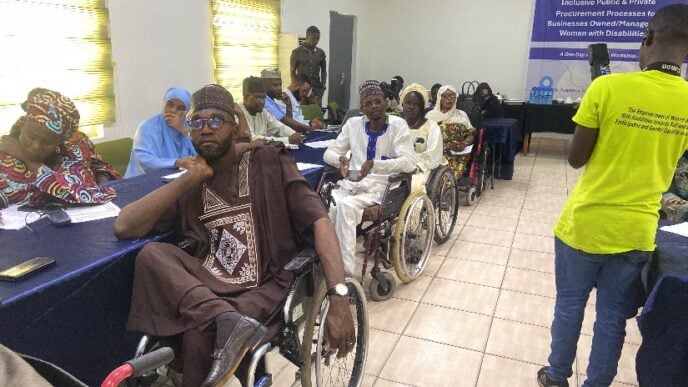BY NONKU NYATHI
Imagine transforming every classroom across Africa with cutting-edge tablets, lightning-fast internet, and world-class educational software. The hardware arrives, the connections go live, and the software is deployed seamlessly.
Yet six months later, learning outcomes show only marginal improvement. Not because the technology isn’t brilliant—it is. Not because teachers and students don’t want better outcomes—they desperately do. The gap lies elsewhere, in what we’re seeing as the “missing ingredients” of successful EdTech implementation.
As stakeholders gather for EdTech Week 2025 in Cape Town this October, the conversation has evolved from “How do we get more tech into schools?” to a more nuanced question: “How do we create the conditions for EdTech to thrive?”
Advertisement
The answer is reshaping how the education technology sector approaches impact across Africa, and revealing extraordinary opportunities for those who get it right.
The hidden opportunity behind every EdTech investment
Africa’s EdTech sector attracts significant investment annually, with innovative solutions emerging across the continent. The 70% youth population represents an opportunity as birth rates decline elsewhere, positioning Africa to become the world’s workforce.
Advertisement
Yet while the technology itself often exceeds expectations, the full potential remains partially untapped. The key isn’t in the sophistication of the hardware or software as those continue to improve rapidly. The opportunity lies in addressing “second-order barriers”: the human and contextual factors determining whether brilliant EdTech solutions reach their full impact potential.
The culprit isn’t access, infrastructure, or devices, i.e. “first-order barriers.” Money and political will can solve those problems. The real obstacles are the subtle, systemic forces determining whether EdTech solutions work once they reach the classroom.
These opportunities are significant because they’re solvable. Unlike infrastructure challenges that require massive capital investment, second-order barriers can be addressed through more innovative design, better partnerships, and deeper community engagement.
Three key opportunities for EdTech excellence
Advertisement
1. Empowering teachers as innovation partners
Most EdTech deployments have teachers who champion them. The most successful solutions recognise that teachers are the innovation partners who bring invaluable classroom insights.
The challenge many well-intentioned EdTech initiatives face is treating teachers as passive recipients rather than active collaborators. Teachers often know precisely what their students need, but they need adequate training, ongoing support, and genuine partnership in the design process.
The opportunity is immense: organisations that successfully engage teachers as co-creators build solutions that truly serve learning outcomes. The most sophisticated AI-powered learning platform reaches its full potential when teachers feel empowered to use it effectively.
Advertisement
2. Building culturally-resonant solutions
Africa’s diversity of 54 countries, thousands of languages, and rich cultural contexts isn’t a challenge to overcome but an opportunity to embrace. The most successful EdTech solutions are those designed with local nuance from the ground up, reflecting the values, learning styles, and contexts of the communities they serve.
Advertisement
While some EdTech products struggle because they carry assumptions from other markets, the growing number of “developed in Africa, for Africa” solutions demonstrates what’s possible when cultural relevance is prioritised from day one.
This represents a massive competitive advantage. Solutions that authentically reflect local contexts often perform better, build trust, generate stronger community support, and create sustainable pathways for growth across the continent’s diverse markets.
Advertisement
3. Creating community-driven adoption
Learning thrives in supportive ecosystems that extend beyond the classroom. The most impactful EdTech implementations recognise that parents, community leaders, and school administrators are crucial partners in creating environments where digital learning can flourish.
Advertisement
In many communities, especially lower-income ones, parents and community leaders serve as essential validators of educational approaches. Rather than viewing this as an obstacle, leading EdTech organisations see it as an opportunity to build stronger, more sustainable adoption.
School leadership plays an equally vital role in creating cultures that embrace innovation. When principals and administrators champion EdTech integration and align it with school goals, technology becomes an enabler rather than a disruption.
Organisations that get this right create advocates who actively promote their solutions within their networks.
The next chapter of EdTech success
The theme of EdTech Week 2025, hosted by Injini, is “EdTech readiness”. This represents an exciting evolution in thinking. Rather than focusing solely on access to devices and connectivity, the conversation has matured to encompass an ecosystem’s capacity to adopt, adapt, and sustain digital learning solutions.
This shift toward what organisers call “community-rooted innovations” recognises that the most successful EdTech solutions evolve in dialogue with learners, teachers, parents, and communities. It’s an evidence-based approach that prioritises local insights alongside technological innovation.
This evolution creates tremendous opportunities for organisations willing to invest in understanding and serving their communities as deeply as they invest in developing their technology.
The sustainable advantage
Africa’s demographic opportunity window represents one of the most significant development opportunities of our time. The continent’s young population is eager to learn, and innovative EdTech solutions are emerging to meet that demand.
Organisations that master the art of addressing second-order barriers alongside technological innovation are positioned to achieve significant impact. They build solutions that truly scale, create engaged user communities, and generate sustainable returns, both social and financial. Most importantly, they position themselves as genuine partners in Africa’s educational transformation.
The growing ecosystem of successful EdTech companies across the continent demonstrates what’s possible when technology meets deep community understanding.
Nonku Nyathi is the senior partnerships and ecosystem lead at Injini
Views expressed by contributors are strictly personal and not of TheCable.









